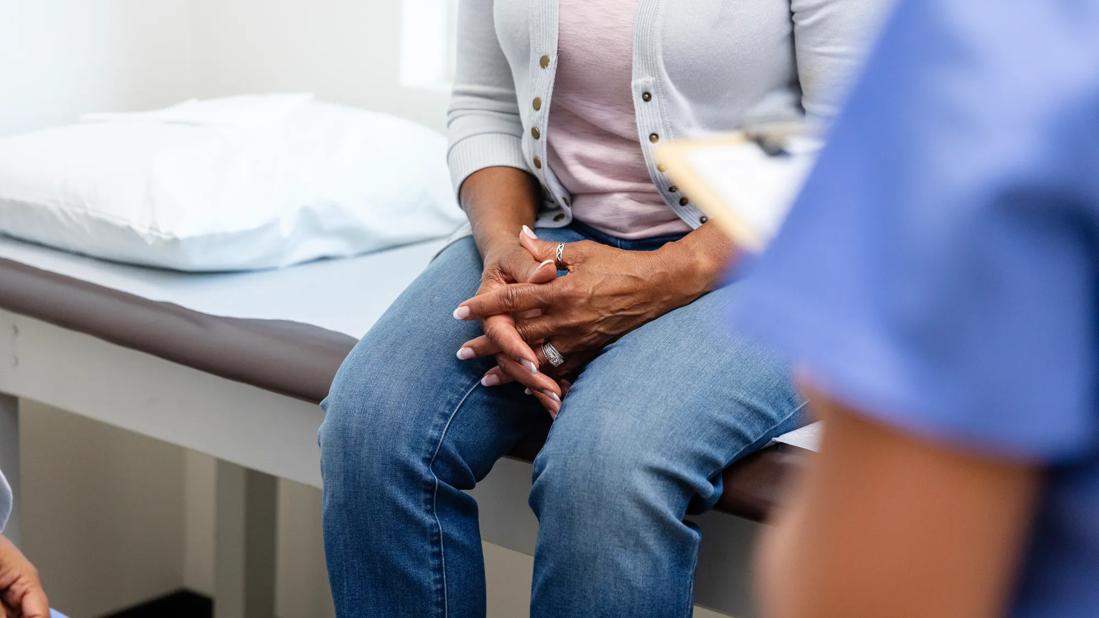Patients receive holistic support to lower HbA1c levels

More than 37 million people in the U.S. have diabetes. In addition to its health ramifications for patients, the chronic condition is a substantial economic burden. Health experts estimate that the cost of diabetes care globally will reach $2.1 trillion by 2030.
Advertisement
Cleveland Clinic is a non-profit academic medical center. Advertising on our site helps support our mission. We do not endorse non-Cleveland Clinic products or services. Policy
Cleveland Clinic Wooster Family Health Center (FHC) launched a structured diabetes management program in 2020 to address the condition in the rural county it serves approximately 60 miles south of Cleveland.
“We’ve adopted a multidisciplinary approach to caring for patients with diabetes, specifically type 2 diabetes,” says Amanda Roth, MHA, BSN, RN, Assistant Director of Nursing for Ambulatory Regional Operations. “We are also focusing on health maintenance, prevention and screening.”
The family health center formed the Wooster Diabetes Interprofessional Team to review evidence-based diabetes literature and identify potential interventions. The team includes an advanced practice provider, physician, diabetes educator, pharmacist, nurse manager, clinical nurse and social workers.
Based on their findings, the team created a diabetes management model that entails three weekly appointments with various caregivers. Primary care providers identify patients with type 2 diabetes who might benefit from the program, who then have the option to enroll. The three visits are as follows:
“If patients’ basic needs aren’t meet – if they can’t get the foods they need or afford medications – then they’re probably not going to be successful controlling their diabetes,” says Roth, who was nurse manager at the Wooster FHC when the program began. Together, the nurse and social worker develop an interdisciplinary plan of care for the patient, which is shared with the primary care provider and other caregivers.
Advertisement
“I walk patients through the basics of diabetes and provide education geared toward their individual needs. Some patients are newly diagnosed, while others have been on insulin for years,” explains Hassenzahl. “My biggest emphasis is on setting short-term, achievable goals.” For example, he may work with a patient on controlling food portions or setting medication reminders. A month or two later, they set another goal.
After Hassenzahl meets with patients, the pharmacist reviews all drug information and establishes or adjusts the medication treatment plan. They also provide any necessary medication education.
After the three visits, patients are monitored by a clinical nurse, who follows up as needed. In recent months, a dietitian, eating disorder psychologist and endocrinologist nurse practitioner have been added to the team. Together, the caregivers meet patients’ holistic needs by offering exercise options, connecting them with financial medication assistance, providing referrals for diabetic eye exams and more.
Patients complete the program once three HbA1c tests, typically done every three months, show they have met their target or levels have dropped. Since 2020, 82 patients have enrolled in the program, with 80% meeting their HbA1c target levels. Prior to the structured diabetes management program, the average HbA1c for patients at the Wooster FHC was 9.47. After completing the program, patients average 7.5.
Advertisement
“The program empowers patients,” concludes Hassenzahl. “They have a complete support system of advocates behind them, driving behavioral changes and making them feel like they can succeed.”
Advertisement
Advertisement

A reconcilable divorce

A review of the latest evidence about purported side effects

High-volume surgery center can make a difference

Advancements in equipment and technology drive the use of HCL therapy for pregnant women with T1D

Patients spent less time in the hospital and no tumors were missed

A new study shows that an AI-enabled bundled system of sensors and coaching reduced A1C with fewer medications

Association revises criteria for the diagnosis and resolution of severe conditions

Insulin use at time of hospital discharge can offer clues for the future